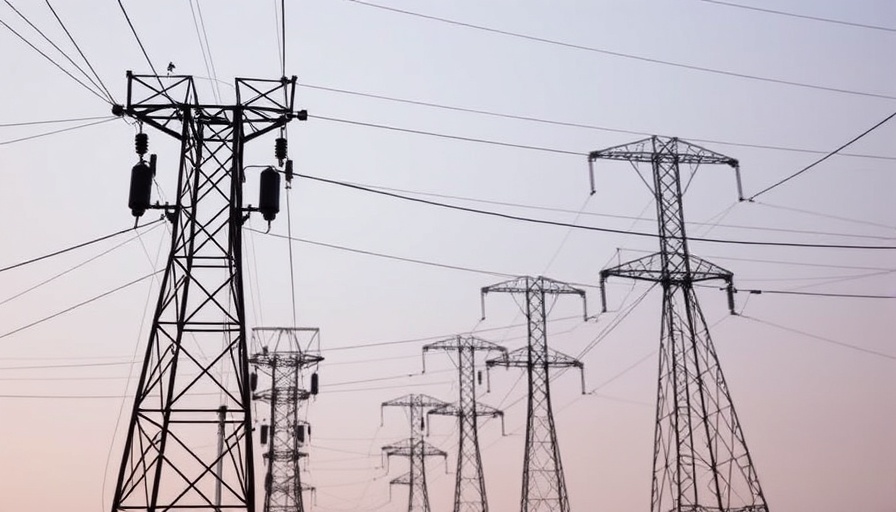
Technology's Role in the Return to the Office
As organizations face the challenge of coaxing employees back to their physical workplaces, the introduction of advanced technology emerges as a promising solution. Five years post-pandemic, the shift to hybrid and remote work has profoundly transformed workplace dynamics. Now, federal mandates demanding a return to the office pose fresh obstacles. In this evolving landscape, facilities management plays a pivotal role in creating environments that meet employee needs while leveraging cutting-edge tools to enhance the work experience.
Incentivizing a Return: What Works?
According to Alex Carlson, vice president of facilities management services with Fine Tune Expense Management, the conversation surrounding technology should evolve from fear of job replacement to the potential for improving work-life balance. "We need to stop talking about technology as job replacement—and start talking about it as a tool to make people’s lives better. If we lead with that, we’ll get a lot more buy-in," Carlson remarks. Here, the focus shifts from compulsion to collaboration, showcasing how technology can elevate the work environment, making it not just a place to complete tasks but a space that inspires creativity and engagement.
Understanding Employee Needs
Identifying employee preferences is crucial. Research suggests that many employees favor flexibility, hybrid work models, and workspaces that cater to diverse tasks—such as open collaborative areas combined with private focus zones. Facilities managers are tasked with balancing these preferences while implementing technology that enhances productivity and well-being. From advanced HVAC systems that ensure air quality to intuitive meeting room technologies that facilitate seamless collaboration, the innovations shaping workplaces prioritize health and collaborative efficacy.
Current Trends and Employee Expectations
As workplaces adapt, many companies have begun adopting flexible workspaces equipped with high-speed internet, mobile workstations, and user-friendly tech tools that enable smooth transitions between remote and in-office work. Data suggests that companies utilizing flexible technologies see higher employee satisfaction and productivity. Employers need to think strategically about how to employ technology not just as a means to monitor productivity but as a tool to empower employees, ultimately leading to initiatives that promote engagement and retention.
Looking Forward: The Future of Workspaces
The future of workspaces hinges on a blend of technology and employee-centric designs. As facilities management continues to innovate, embracing automation and AI-driven solutions will play a central role in creating environments that are adaptable and future-ready. Companies should remain agile in their strategies, harnessing technological advancements to meet the evolving demands of a diverse workforce.
Conclusion: Embracing Change Together
While returning to the office presents challenges, it also offers an opportunity for organizations to rethink how they engage with their employees. Facilities managers who prioritize technology as a facilitator for positive experiences will likely lead the way in reshaping the modern workplace. The key lies in collaboration and a commitment to fostering environments that enhance both productivity and well-being as employees transition back into shared spaces.
 Add Row
Add Row  Add
Add 






Write A Comment